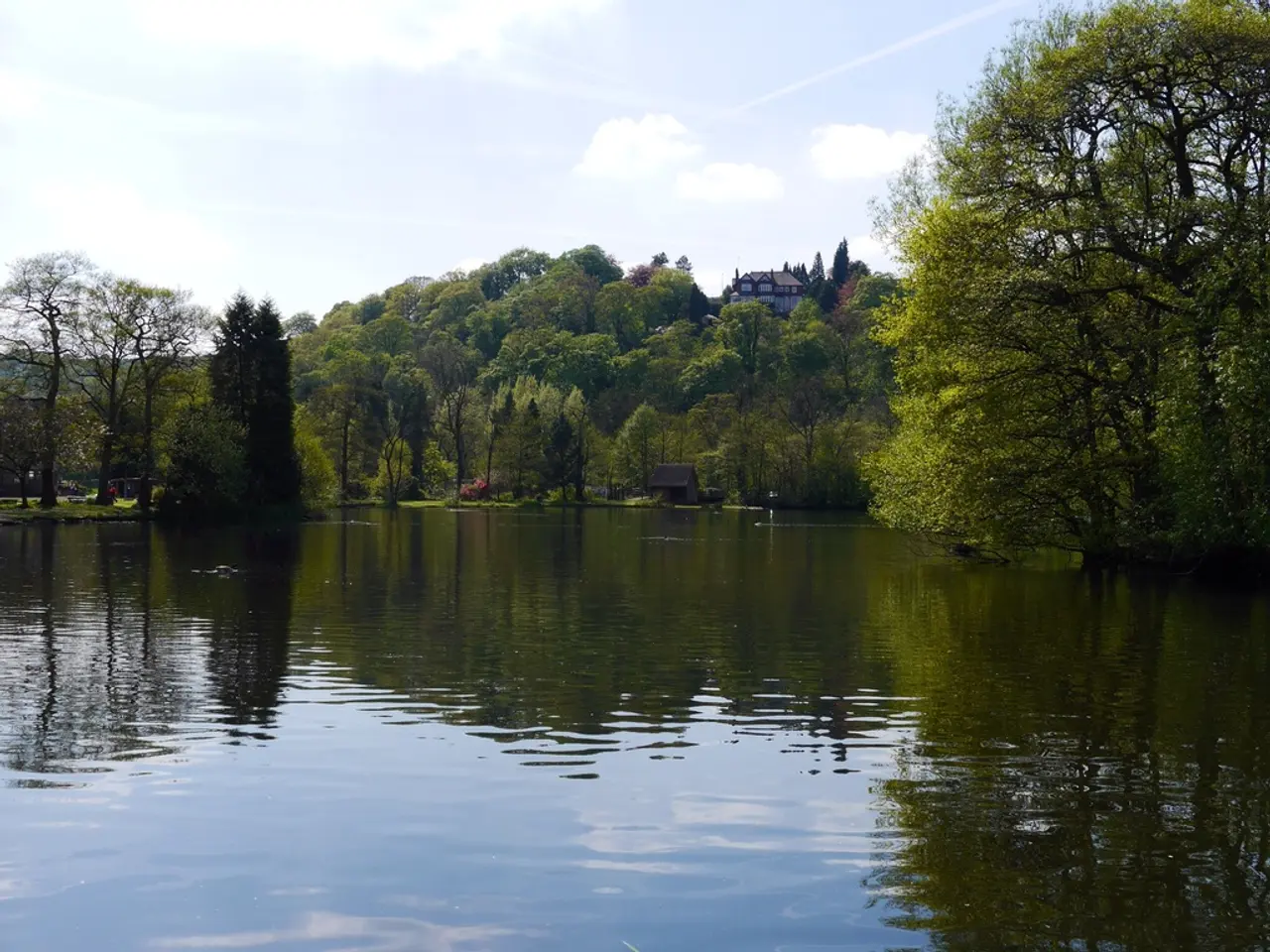Alaskan waters have recently witnessed the emergence of a brand new island.
The Alsek Glacier in southeastern Alaska has been undergoing significant changes, according to the National Park Service. These changes, which include the separation from Prow Knob and the growth of Alsek Lake, have potential implications for the region.
Over the past 40 years, the Alsek Glacier has been rapidly retreating. This retreat has resulted in the formation of a proglacial lake known as Alsek Lake. In July-August of this year, NASA's satellite observations confirmed that the Alsek Glacier officially separated from Prow Knob.
Prow Knob, a mountain once enveloped by the Alsek Glacier near its terminus, is now completely surrounded by the waters of Alsek Lake. This separation could further accelerate the retreat of the Alsek Glacier, as its ice is now less stable and more prone to calving without the support of Prow Knob.
The growth of Alsek Lake, from approximately 17 square miles (45 square kilometers) in 1984 to about 29 square miles (75 square kilometers) today, has also transformed a small mountain into a new island. Comparing images from Landsat 5 and Landsat 9 reveals the reshaping of the region due to icemelt over the decades.
Rising global temperatures have accelerated the rate of glacial retreat around the world, including at the Alsek Glacier. Glacial retreat is a significant contributor to global sea level rise. Scientists, including glaciologist Mauri Pelto, predict that this trend of glacial retreat is likely to continue.
Institutions involved in monitoring the retreat of the Alsek Glacier and its adjacent lake include the U.S. Geological Survey (USGS), Parks Canada, and various academic research organizations. These institutions will continue to track the Alsek Glacier's retreat using satellite observations and other forms of monitoring to understand its behavior in a warming climate.
The changes at Alsek Glacier demonstrate how glacial retreat can reshape entire landscapes, potentially having ecological and sociocultural consequences. As the Alsek Glacier continues to retreat, it will be important to monitor its impact on the region and explore ways to mitigate its effects.
Read also:
- Is it advisable to utilize your personal health insurance in a publicly-funded medical facility?
- Dietary strategies for IBS elimination: Aims and execution methods
- Benefits, suitable dosage, and safety considerations for utilizing pumpkin seed oil in treating an overactive bladder
- Harmful Medical Remedies: A Misguided Approach to Healing




